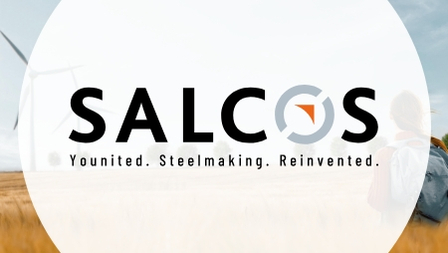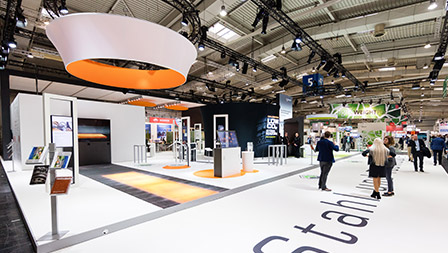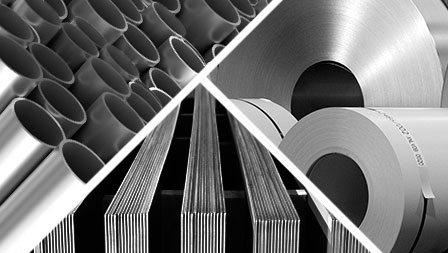Best Practice in Energy Efficiency Label for Salzgitter Flachstahl GmbH
11.10.2016 | Salzgitter AG

Another award from the dena – this time for processes used to coat steel coils
Natural gas consumption for strip coating reduced by 25% since 2013
Salzgitter Flachstahl GmbH (SZFG) carried out two more major projects on Strip Coating Line 2 in recent years in the framework of the energy efficiency project "EE EnergyEffizienz". The company successfully reduced the line’s natural gas use by a total of 25% compared to 2013. In recognition of these results, the dena (Deutsche Energie-Agentur), the German Energy Agency, awarded SZFG a Best Practice in Energy Efficiency label.
In Strip Coating Line 2, coils are coated with paint, baked in two natural gas furnaces at a circulating air temperature of a maximum of 400° C, and then rewound. The resulting solvent-containing exhaust air is drawn off and directed into the regenerative afterburning unit, where it is oxidized at 860° C. This results in residual heat of up to 800° C, which is fed back into the furnace process with the help of heat exchangers. At the end of 2013, one of the two projects added a system to use the residual heat to preheat the furnace air from 20° C to 250° C at the furnace entrance. The previous concept was to feed the cold air suctioned into the furnace entrance gate to the front furnace zones for solvent reduction. Thanks to the preheating, less natural gas is needed and the quality is optimized because the customary white color, such as used for refrigerators or washing machines, reacts very sensitively to energy fluctuations in the furnace.
The second large project on Strip Coating Line 2 dealt with deflecting the cooling air at the furnace exit from the regenerative afterburning unit and into the smokestack. Before the system was optimized, flows, sometime cold, were directed over the regenerative afterburning system and heated, although they were moist and low in harmful substances. When the strip coating line was modernized early in 2014, it made it possible to direct these cold flows over a new gas scrubber and into the smokestack. This also reduces the natural gas use because it is no longer necessary to heat these cold flows with natural gas.
Natural gas use in the strip coating line in 2014 was roughly 12% less than in the previous year thanks to these two measures. The optimization of the furnace exit gate in the framework of the diversion of cold flows early in 2015 made it possible to reduce the specific natural gas use by an additional 13%.
The award, which is already the third of this kind after the label in 2014 for energy efficient pig iron production and in 2015 for energy efficient crude steel production, once again confirms the SZFG activities in the EnergieEffizienz project framework.














